If you compare dolomite vs road base, you can find out which one can be a better option for the driveway, and park path. The base material can be a granite base, crushed gravel, or dolomite, which is then pressed to form a solid surface. They are frequently used in road construction, paving decks, solid trusses, parking lots, sidewalks, and driveways. It is a cost-effective solution as it is inexpensive to install and does not crack easily. When compressed to a reasonable depth it can be very strong. The substrate is the natural soil beneath the proposed structure, and it may be suitable or in poor condition, depending on where you live. If the existing soil is not a suitable base (such as clay), you may need to fill it in and remove it.  The base material is then laid to a depth of approximately 100-250 mm. This will give the driveway or parking lot structural integrity and structural strength. The surface is then leveled, pressed, and water bound to give a uniform finish to the surface. Although the surface is initially bonded, it will disintegrate and disintegrate over time. If your driveway is built correctly initially, it is possible to rework the existing material with the addition of a small amount of new material and then lay a more permanent asphalt surface. This results in an uneven or torn surface that requires constant maintenance or repairs that can be costly. It can also be dusty in summer and covered in water in winter. One solution is to use asphalt as a surfactant to create a more durable finish. Asphalt is a mixture of aggregate and sand with a bituminous binder. It is dried and mixed at a high temperature to form a hot asphalt mixture, and is commonly used to create parking lots, car parks, and driveways. Gravel and dolomite limestone are versatile materials used in a variety of industries for different purposes. Mainly, they are used for landscaping in the construction industry to create decorative or functional elements in the landscape. Dolomite limestone is the main component of cement, which is the binding property of concrete. Similarly, gravel is an integral part of concrete along with sand; Together, they make up to 85% of the concrete composition when using the Portland formula. They can also be used in loose form to improve drainage, act as a general purpose to fill in uneven areas, and create pathways for domestic and commercial work. Gravel and dolomite limestone are often popular choices for driveways as an alternative to asphalt or concrete.
The base material is then laid to a depth of approximately 100-250 mm. This will give the driveway or parking lot structural integrity and structural strength. The surface is then leveled, pressed, and water bound to give a uniform finish to the surface. Although the surface is initially bonded, it will disintegrate and disintegrate over time. If your driveway is built correctly initially, it is possible to rework the existing material with the addition of a small amount of new material and then lay a more permanent asphalt surface. This results in an uneven or torn surface that requires constant maintenance or repairs that can be costly. It can also be dusty in summer and covered in water in winter. One solution is to use asphalt as a surfactant to create a more durable finish. Asphalt is a mixture of aggregate and sand with a bituminous binder. It is dried and mixed at a high temperature to form a hot asphalt mixture, and is commonly used to create parking lots, car parks, and driveways. Gravel and dolomite limestone are versatile materials used in a variety of industries for different purposes. Mainly, they are used for landscaping in the construction industry to create decorative or functional elements in the landscape. Dolomite limestone is the main component of cement, which is the binding property of concrete. Similarly, gravel is an integral part of concrete along with sand; Together, they make up to 85% of the concrete composition when using the Portland formula. They can also be used in loose form to improve drainage, act as a general purpose to fill in uneven areas, and create pathways for domestic and commercial work. Gravel and dolomite limestone are often popular choices for driveways as an alternative to asphalt or concrete.  Unlike gravel, dolomite limestone is just a specific type of rock. It is a sedimentary rock compound that makes up about 10% of all sedimentary rocks in the world. Limestone is also one type of rock that can be included in gravel. Dolomite is made up largely of calcium carbonate from the ancient remains of marine creatures such as corals and oysters. Limestone can be found anywhere under the sea. Niagara Falls is one of the most famous limestone deposit sites in the world. Dolomite limestone is usually larger and irregular in size compared to characteristically soft pebbles. They are available in a variety of sizes, from large-cut flat floors (24″ x 36″) to crushed limestone containing small, pebble-like stones of various sizes. Advantages of gravel and limestone These materials are very similar in terms of the advantages they offer. As mentioned earlier, gravel and dolomite limestone are versatile products that attract gardeners and contractors from all over the world. Dolomite limestone is one of the most common rocks on Earth and can be easily purchased at garden centers and hardware stores. Likewise, gravel is easily available in large quantities. The rarer the material, the more expensive it will be to purchase it; Therefore, dolomite limestone and gravel are very affordable. In addition to their price, they are relatively easy to install and maintain. On a track or driveway, you should expect loose topsoil to move in, but it can be held in place easily and you might consider different edging to hold it in place. When looking to use gravel or limestone for a driveway, both products can be used as a base and top plate. You can even mix and match using one on the bottom and one on the top layer. They are good materials for this purpose because they are stable and can last for a long time. Limestone was used in road instruction.
Unlike gravel, dolomite limestone is just a specific type of rock. It is a sedimentary rock compound that makes up about 10% of all sedimentary rocks in the world. Limestone is also one type of rock that can be included in gravel. Dolomite is made up largely of calcium carbonate from the ancient remains of marine creatures such as corals and oysters. Limestone can be found anywhere under the sea. Niagara Falls is one of the most famous limestone deposit sites in the world. Dolomite limestone is usually larger and irregular in size compared to characteristically soft pebbles. They are available in a variety of sizes, from large-cut flat floors (24″ x 36″) to crushed limestone containing small, pebble-like stones of various sizes. Advantages of gravel and limestone These materials are very similar in terms of the advantages they offer. As mentioned earlier, gravel and dolomite limestone are versatile products that attract gardeners and contractors from all over the world. Dolomite limestone is one of the most common rocks on Earth and can be easily purchased at garden centers and hardware stores. Likewise, gravel is easily available in large quantities. The rarer the material, the more expensive it will be to purchase it; Therefore, dolomite limestone and gravel are very affordable. In addition to their price, they are relatively easy to install and maintain. On a track or driveway, you should expect loose topsoil to move in, but it can be held in place easily and you might consider different edging to hold it in place. When looking to use gravel or limestone for a driveway, both products can be used as a base and top plate. You can even mix and match using one on the bottom and one on the top layer. They are good materials for this purpose because they are stable and can last for a long time. Limestone was used in road instruction. 
dolomite road
The use of dolomite in the construction industry, paved roads, and many industries have been around for many years. Both gravel and dolomite limestone are incredibly versatile materials that can be used for many purposes. In general, both are essential alternatives to concrete when creating driveways or driveways, and both can work very well for a variety of landscaping projects. Although there are some special advantages to each material, it’s important to know exactly what each one is made of so you can be sure you’re making an informed decision. Many purposes. In general, both are essential alternatives to concrete when creating driveways or driveways, and both can work very well for a variety of landscaping projects. While there are some special advantages to each material, it’s important to know exactly what each one consists of so you can be sure you’re making an informed decision. Gravel is a loose mixture of many types of stone and gravel that have been worn down due to erosion over time and is found naturally in and around bodies of water such as lakes and rivers. Because gravel is made up of many types of rocks in different stages of erosion, there is usually a small difference in the size of the gravel. However, to be considered gravel and not sand, all rock fragments must be greater than 2mm in diameter. Dolomite limestone is a type of rock and is one of the most common rock types on Earth, making up about 10% of all sedimentary rocks on the planet. Limestone is often seen within the gravel, but can also be used for similar purposes as an entity. It is made up of calcium carbonate and tends to have a rough and bulky appearance compared to gravel. Limestone landscaping will generally include a variety of sizes within its plots.  Dolomite is very common in many applications, including home construction, its use as a base layer for paved roads, and concrete and asphalt manufacturing technologies. The dolomite is an excellent decoration for patios and gardens. Fine gravel is an ideal substrate for many rockeries and provides very effective protection against weed growth between plants. We often divide dolomites into natural and artificial; Other zoning criteria include their size and origin. construction dolomite : It is used in the construction industry: building materials are characterized by very high compressive strength, resistance to corrosion, and other mechanical influences. Depending on their use, the dolomite must meet a series of standards and requirements, which provides a guarantee of long useful life for construction structures, built on dolomite bases, and ensures their safe use. The Dolomites for road construction: The Dolomites used in road construction and road construction dolomites must meet several standards and be distinguished by a certain strength and coefficient of friction. Granite, basalt, and porphyry, that is, dolomites with the highest resistance to all external factors and climatic conditions, are often used in the road construction industry.
Dolomite is very common in many applications, including home construction, its use as a base layer for paved roads, and concrete and asphalt manufacturing technologies. The dolomite is an excellent decoration for patios and gardens. Fine gravel is an ideal substrate for many rockeries and provides very effective protection against weed growth between plants. We often divide dolomites into natural and artificial; Other zoning criteria include their size and origin. construction dolomite : It is used in the construction industry: building materials are characterized by very high compressive strength, resistance to corrosion, and other mechanical influences. Depending on their use, the dolomite must meet a series of standards and requirements, which provides a guarantee of long useful life for construction structures, built on dolomite bases, and ensures their safe use. The Dolomites for road construction: The Dolomites used in road construction and road construction dolomites must meet several standards and be distinguished by a certain strength and coefficient of friction. Granite, basalt, and porphyry, that is, dolomites with the highest resistance to all external factors and climatic conditions, are often used in the road construction industry.  Complex Application:: In concrete production, as in asphalt production, the main selection criterion is mechanical strength. Therefore, granite and basalt are used to produce concrete with very high overload resistance, while limestone and dolomite are used to produce concrete that shows high mechanical resistance concerning load. However, its resistance may be slightly lower. Concrete covers, based on barite, limonite, goethite, and hematite, are another type of concrete, made with high-resistance aggregates. Choosing the correct dolomite is of vital importance in the construction industry since rocks have varying degrees of mechanical resistance and flexibility, which is of the utmost importance for the subsequent use and functionality of the objects raised with the application. Dolomite can be used in horticulture, both in professional gardeners and in small home gardens, the general selection criteria usually depend on the taste and pocket of gravel owners, since the layers collected in this type of application do not need to meet any functional requirement, except aesthetic. some. Thus, nobody thinks about its hardness, flexibility, or resistance. Therefore, the color and thickness of the grains are mainly taken into account. The coarser the grain, the higher the price. A great example of holistic use in gardens is stacked mulches on driveways and garden paths, which improve drainage and irrigation characteristics. Rainwater does not accumulate on the surface of the aggregate, thus eliminating the formation of sludge; Even after heavy rains, water seeps through the debris and seeps into the ground.
Complex Application:: In concrete production, as in asphalt production, the main selection criterion is mechanical strength. Therefore, granite and basalt are used to produce concrete with very high overload resistance, while limestone and dolomite are used to produce concrete that shows high mechanical resistance concerning load. However, its resistance may be slightly lower. Concrete covers, based on barite, limonite, goethite, and hematite, are another type of concrete, made with high-resistance aggregates. Choosing the correct dolomite is of vital importance in the construction industry since rocks have varying degrees of mechanical resistance and flexibility, which is of the utmost importance for the subsequent use and functionality of the objects raised with the application. Dolomite can be used in horticulture, both in professional gardeners and in small home gardens, the general selection criteria usually depend on the taste and pocket of gravel owners, since the layers collected in this type of application do not need to meet any functional requirement, except aesthetic. some. Thus, nobody thinks about its hardness, flexibility, or resistance. Therefore, the color and thickness of the grains are mainly taken into account. The coarser the grain, the higher the price. A great example of holistic use in gardens is stacked mulches on driveways and garden paths, which improve drainage and irrigation characteristics. Rainwater does not accumulate on the surface of the aggregate, thus eliminating the formation of sludge; Even after heavy rains, water seeps through the debris and seeps into the ground. 
dolomite road base
Both dolomite and road base can be used to make a driveway. Limestone is the most common type of gravel or crushed stone that you will find in the United States. Breaks cleanly and easily in rock crushers. It is widely available in all regions and is known for its potency. Chances are when you picture a gravel-filled driveway, the gray rock you think of is limestone. Dolomite is often included in limestone extraction units in quarries. Dolomite, also called dolomite, dolomite limestone, or even mistakenly called limestone, is usually combined with limestone for use in driveways in the United States. It is chemically very similar to limestone, but slightly harder than actual limestone. The appearance is also similar, making it difficult to tell the difference between the two species. Limestone is an affordable and durable type of gravel that you can use in a private driveway. It typically costs between $35 and $54 per cubic yard. For larger quantities, it may be cheaper. Disadvantages of crushed limestone road Seasonal Challenges: Clearing ice from a crushed limestone gorge can be challenging. Snowplows can dig into limestone bedrock and change its composition. Leaf shoveling in the fall may be more difficult due to the gaps in the crushed limestone driveway. Frequent Maintenance – Crushed limestone driveway requires regular weekly maintenance and removal of leaves, twigs, and other debris. Not the best choice for homes that need a driveway without maintenance or low maintenance. Is crushed limestone good for driveways? Crushed limestone is not just an affordable entry option. It can also be a sturdy platform for cars to drive from the gate to the front door or garage.  Crushed limestone has jagged edges that lock into place when pressed or pressed. Interlocking locks prevent movement of the individual limestone, ensuring a more stable and robust driveway. What is the size of the limestone for the driveway? Depending on the homeowner’s preference, crushed limestone can form a loose driveway, concrete mix, or asphalt. Regardless, either method requires the correct size of crushed limestone. Start with a base made of #2 or #2.5 limestone, followed by a filling layer of #57-inch limestone. The top layer is 8-inch crushed limestone. Inch limestone can also be used for the top surface. However, it is necessary to understand that the smaller the limestone particles are, the more maintenance the crushed limestone corridor will require. Asphalt or concrete road Beautiful outdoor home with 3 car garage, limestone concrete driveway, and front yard Involved Families wishing to use crushed limestone as concrete or asphalt gravel can use 3/8 to ½-inch No. 8 crushed limestone. Read more about asphalt vs. gravel here. crushed limestone dolomite input cost Crushed dolomite limestone can cost $115 per cubic yard or $143 per ton if purchased in small quantities. High-volume orders may lower the price to $65 per ton or $30 per cubic yard. Variations in the pattern and size of crushed limestone should also be recognized. The more unique the limestone, the higher the price per square foot. For example, it is not unusual to pay $2 to $3 per square foot for premium crushed limestone. Installing a crushed dolomite limestone driveway can cost homeowners about $1.25 to $2 per square foot of driveway space. A 16-foot by 48-foot broken limestone driveway can cost anywhere from $960 to $1,536.A smaller lane may require a budget of only $300 to $350, while a larger and longer lane may require a budget of up to $60,000.
Crushed limestone has jagged edges that lock into place when pressed or pressed. Interlocking locks prevent movement of the individual limestone, ensuring a more stable and robust driveway. What is the size of the limestone for the driveway? Depending on the homeowner’s preference, crushed limestone can form a loose driveway, concrete mix, or asphalt. Regardless, either method requires the correct size of crushed limestone. Start with a base made of #2 or #2.5 limestone, followed by a filling layer of #57-inch limestone. The top layer is 8-inch crushed limestone. Inch limestone can also be used for the top surface. However, it is necessary to understand that the smaller the limestone particles are, the more maintenance the crushed limestone corridor will require. Asphalt or concrete road Beautiful outdoor home with 3 car garage, limestone concrete driveway, and front yard Involved Families wishing to use crushed limestone as concrete or asphalt gravel can use 3/8 to ½-inch No. 8 crushed limestone. Read more about asphalt vs. gravel here. crushed limestone dolomite input cost Crushed dolomite limestone can cost $115 per cubic yard or $143 per ton if purchased in small quantities. High-volume orders may lower the price to $65 per ton or $30 per cubic yard. Variations in the pattern and size of crushed limestone should also be recognized. The more unique the limestone, the higher the price per square foot. For example, it is not unusual to pay $2 to $3 per square foot for premium crushed limestone. Installing a crushed dolomite limestone driveway can cost homeowners about $1.25 to $2 per square foot of driveway space. A 16-foot by 48-foot broken limestone driveway can cost anywhere from $960 to $1,536.A smaller lane may require a budget of only $300 to $350, while a larger and longer lane may require a budget of up to $60,000.  Does crushed limestone freeze when wet? Dolomite limestone is one of the densest and hardest rocks that people use for construction. However, water tends to dissolve the carbonates in limestone, causing it to soften when it rains or when exposed to water for a long time. The good news is that limestone is hard, allowing it to harden once it dries completely. Is crushed limestone safe? Medical experts say that crushed limestone does not pose a health risk. However, mechanical or natural forces can produce dust particles that people can inhale or irritate the skin and mucous membranes. Dolomite limestone dust particles may contain silica crystals that can sink into the respiratory tree and cause respiratory problems. Crushed limestone of the appropriate size is also safe for vehicle tires. While some rocks may have sharp edges, they are not sharp enough to puncture tires. However, there is a risk of turning crushed limestone into projectiles. These small rocks can hit the underside of the bodywork. That’s why many contractors put a limestone barriers at entrances
Does crushed limestone freeze when wet? Dolomite limestone is one of the densest and hardest rocks that people use for construction. However, water tends to dissolve the carbonates in limestone, causing it to soften when it rains or when exposed to water for a long time. The good news is that limestone is hard, allowing it to harden once it dries completely. Is crushed limestone safe? Medical experts say that crushed limestone does not pose a health risk. However, mechanical or natural forces can produce dust particles that people can inhale or irritate the skin and mucous membranes. Dolomite limestone dust particles may contain silica crystals that can sink into the respiratory tree and cause respiratory problems. Crushed limestone of the appropriate size is also safe for vehicle tires. While some rocks may have sharp edges, they are not sharp enough to puncture tires. However, there is a risk of turning crushed limestone into projectiles. These small rocks can hit the underside of the bodywork. That’s why many contractors put a limestone barriers at entrances
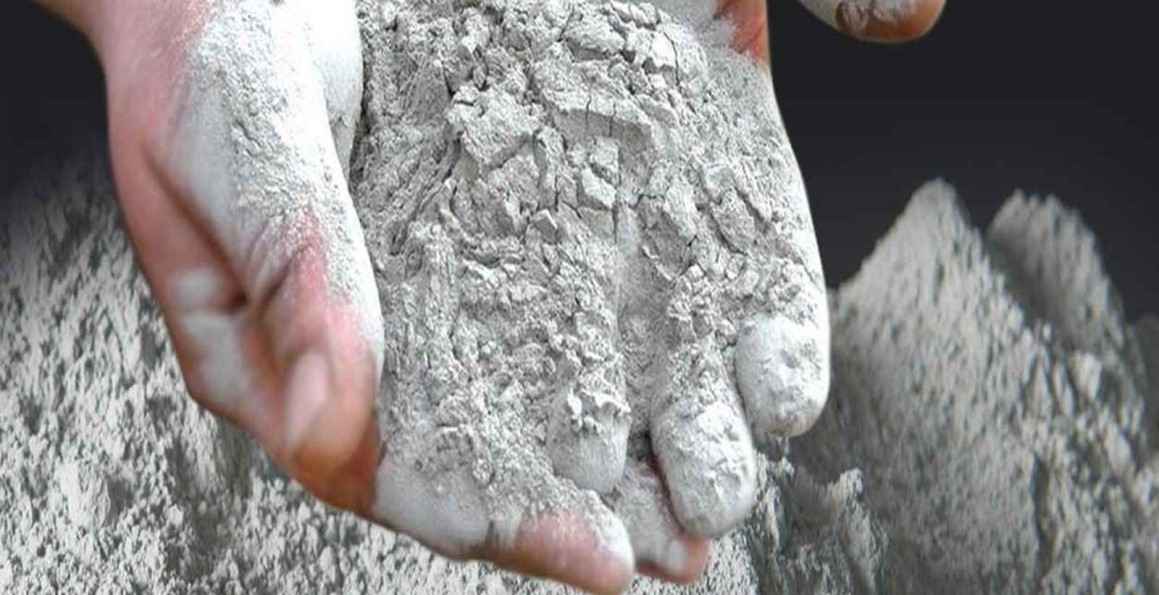
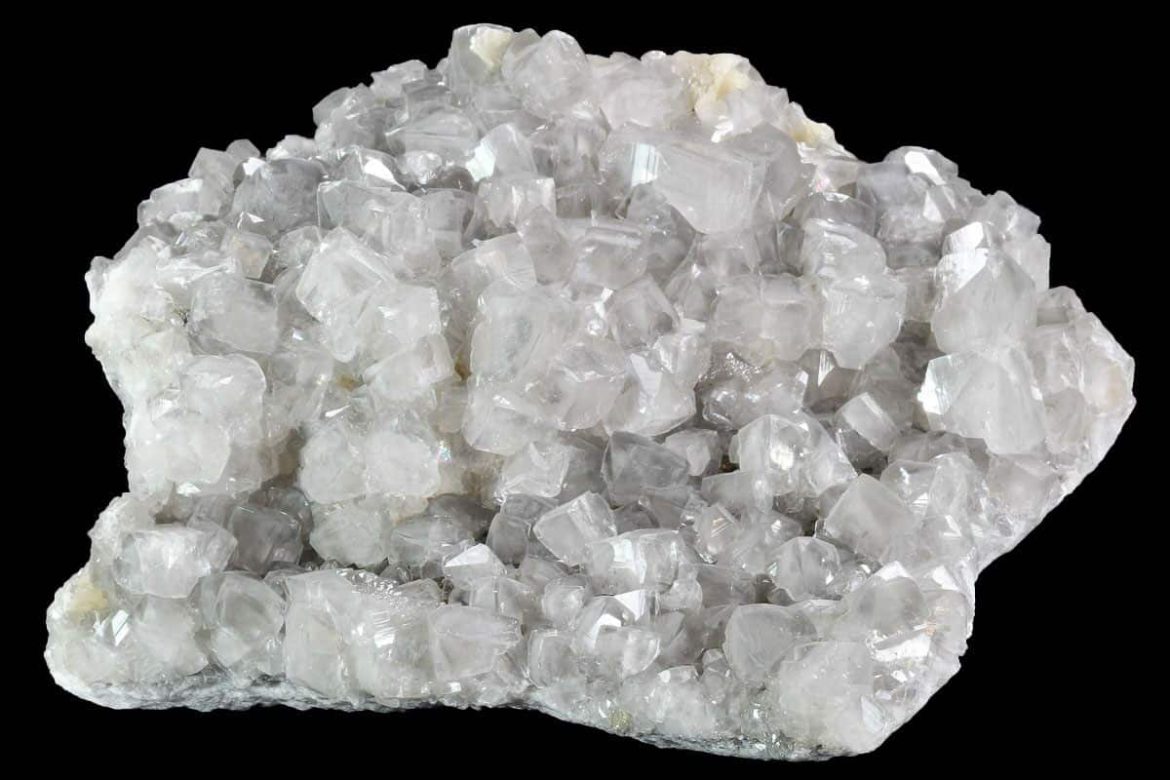
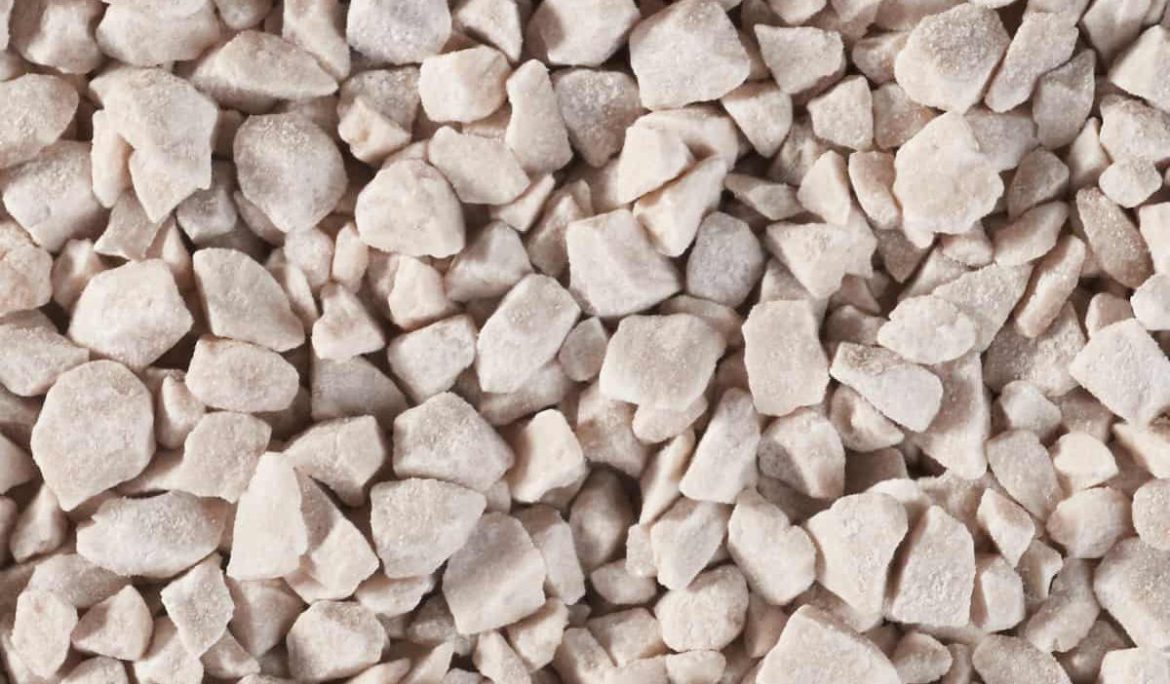
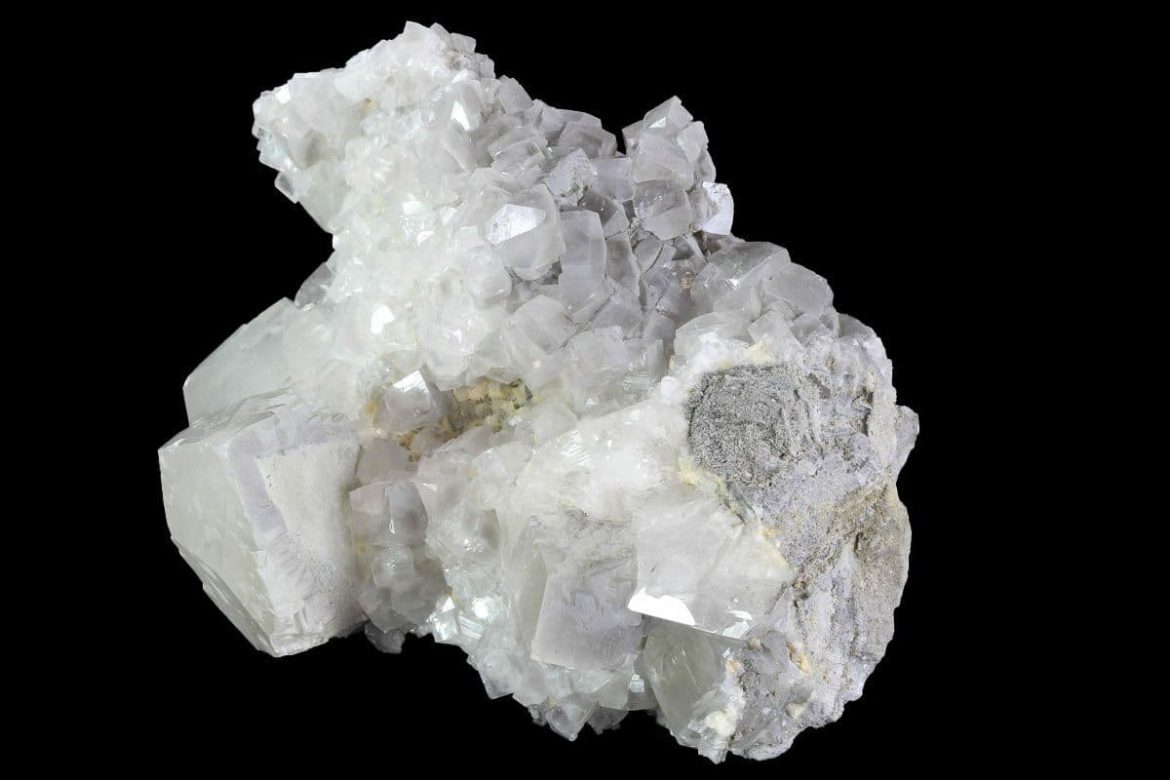
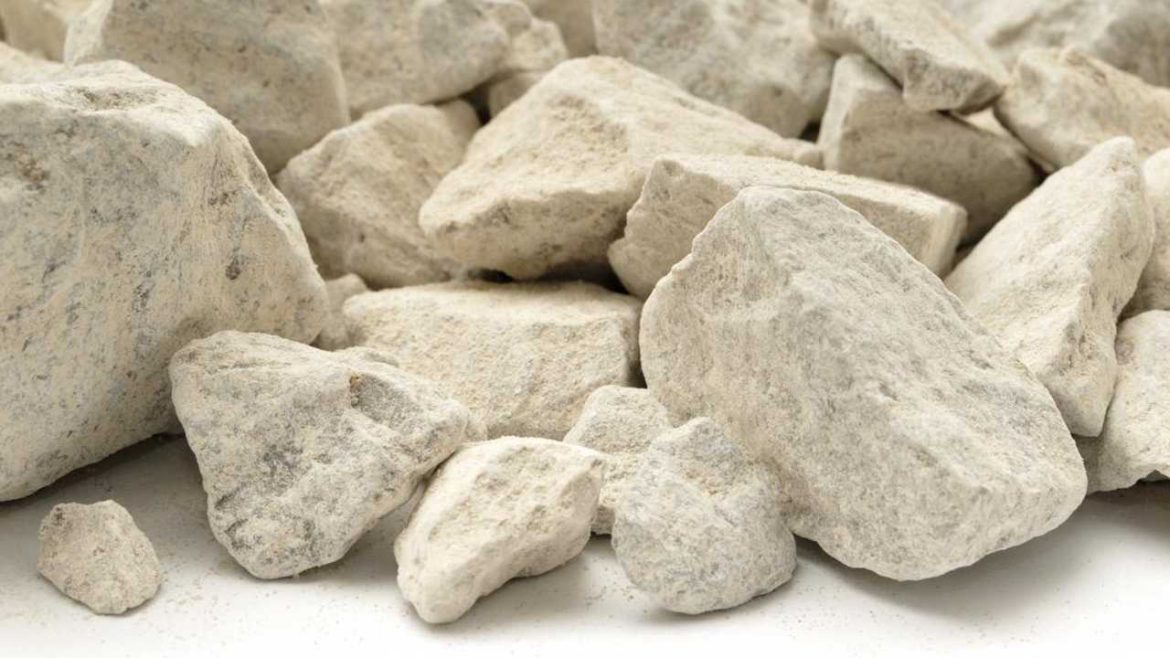

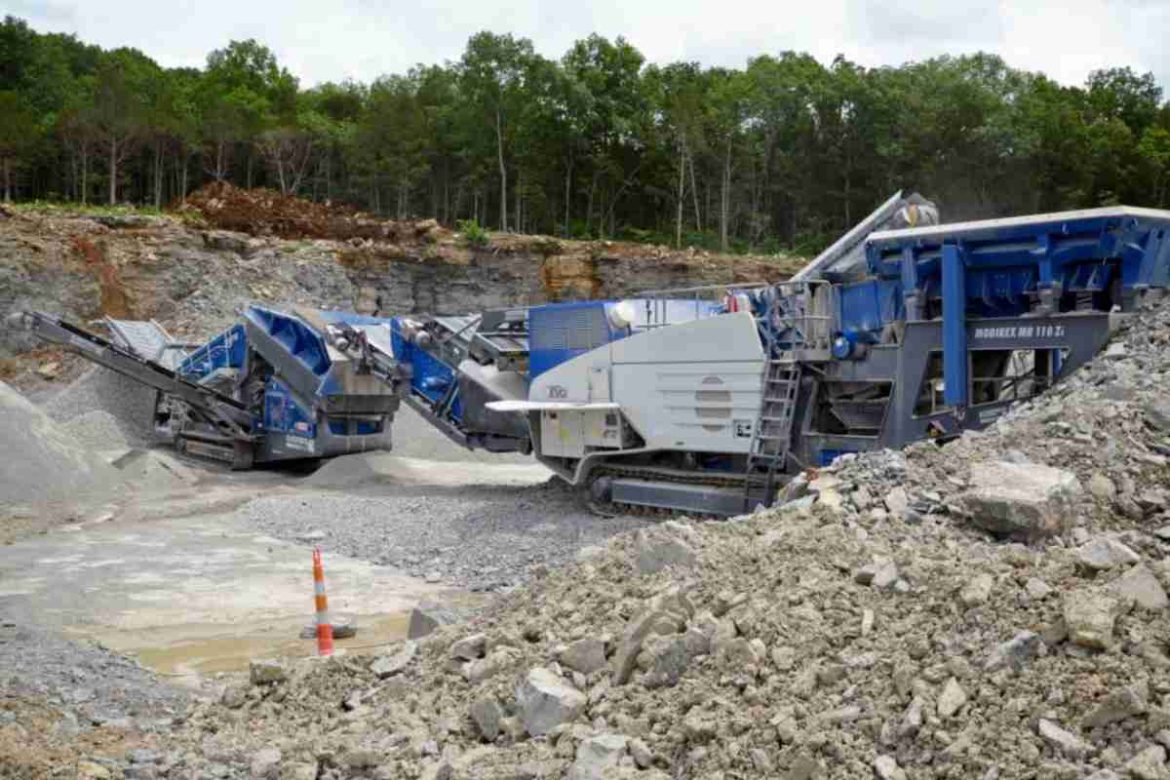
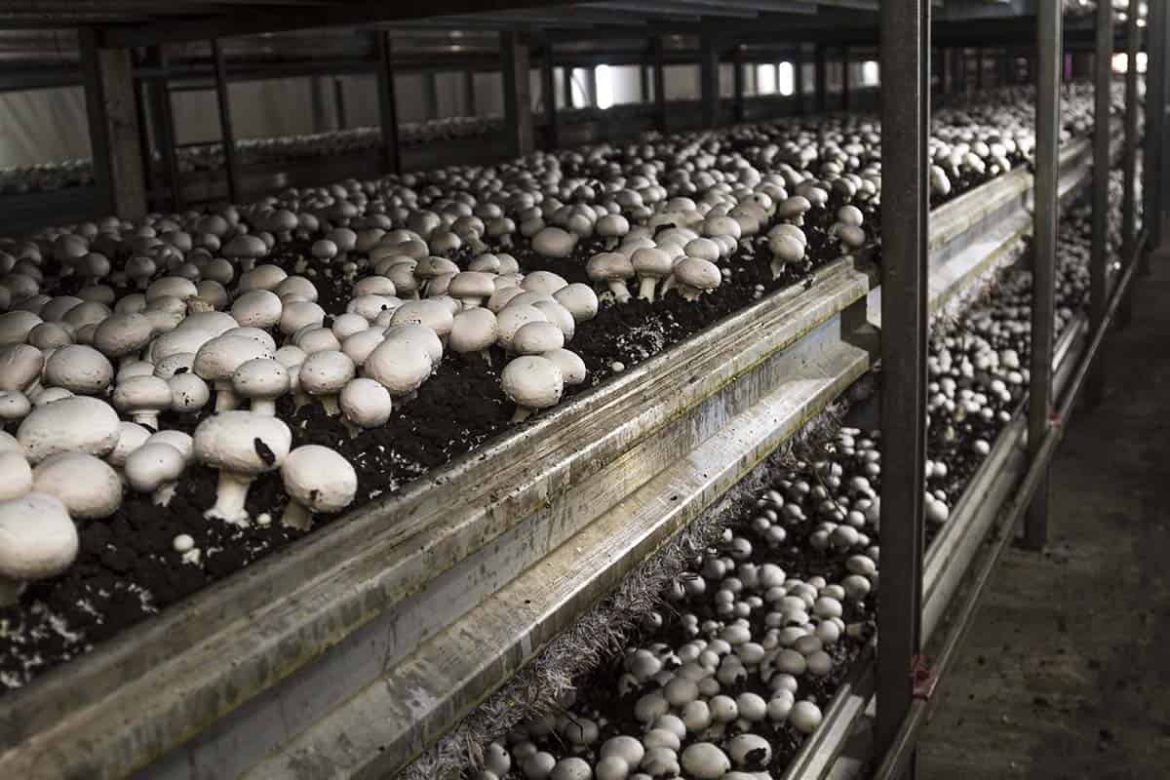
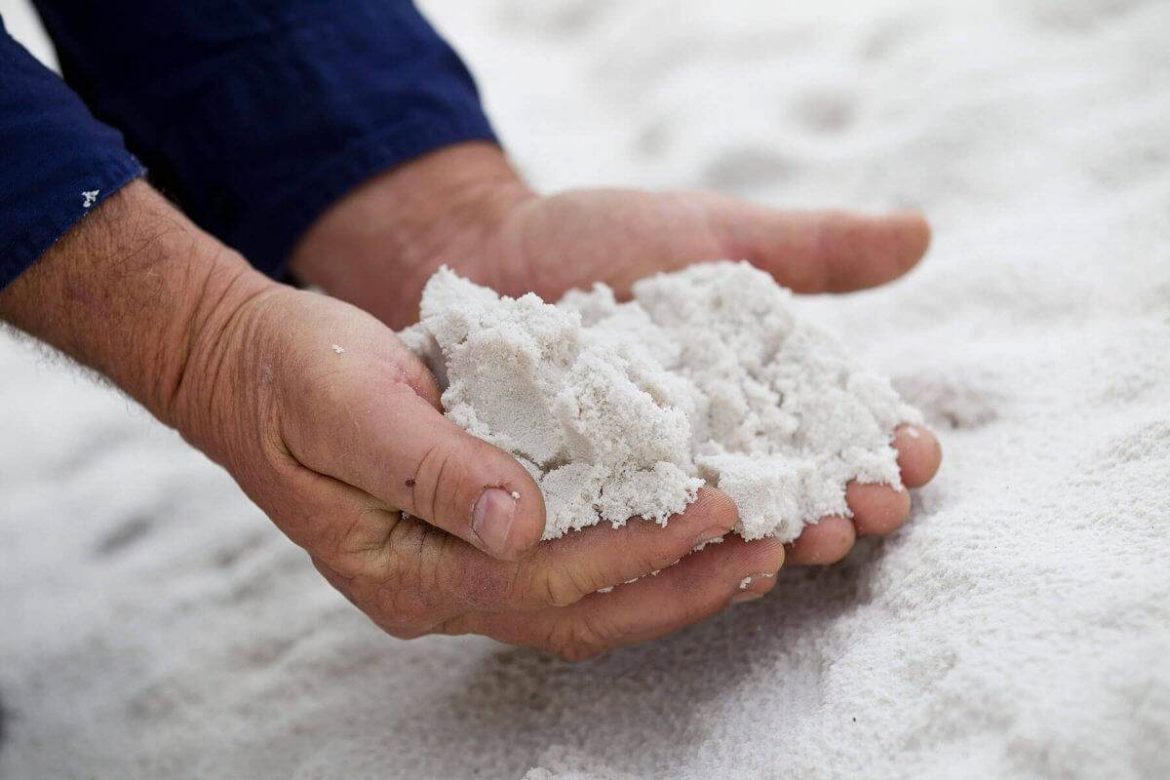
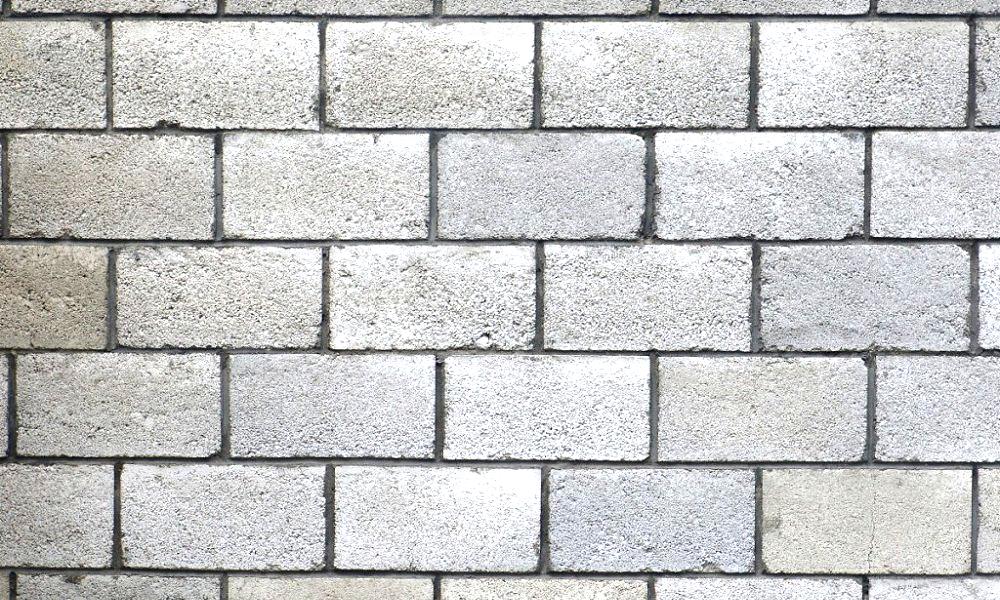
Your comment submitted.